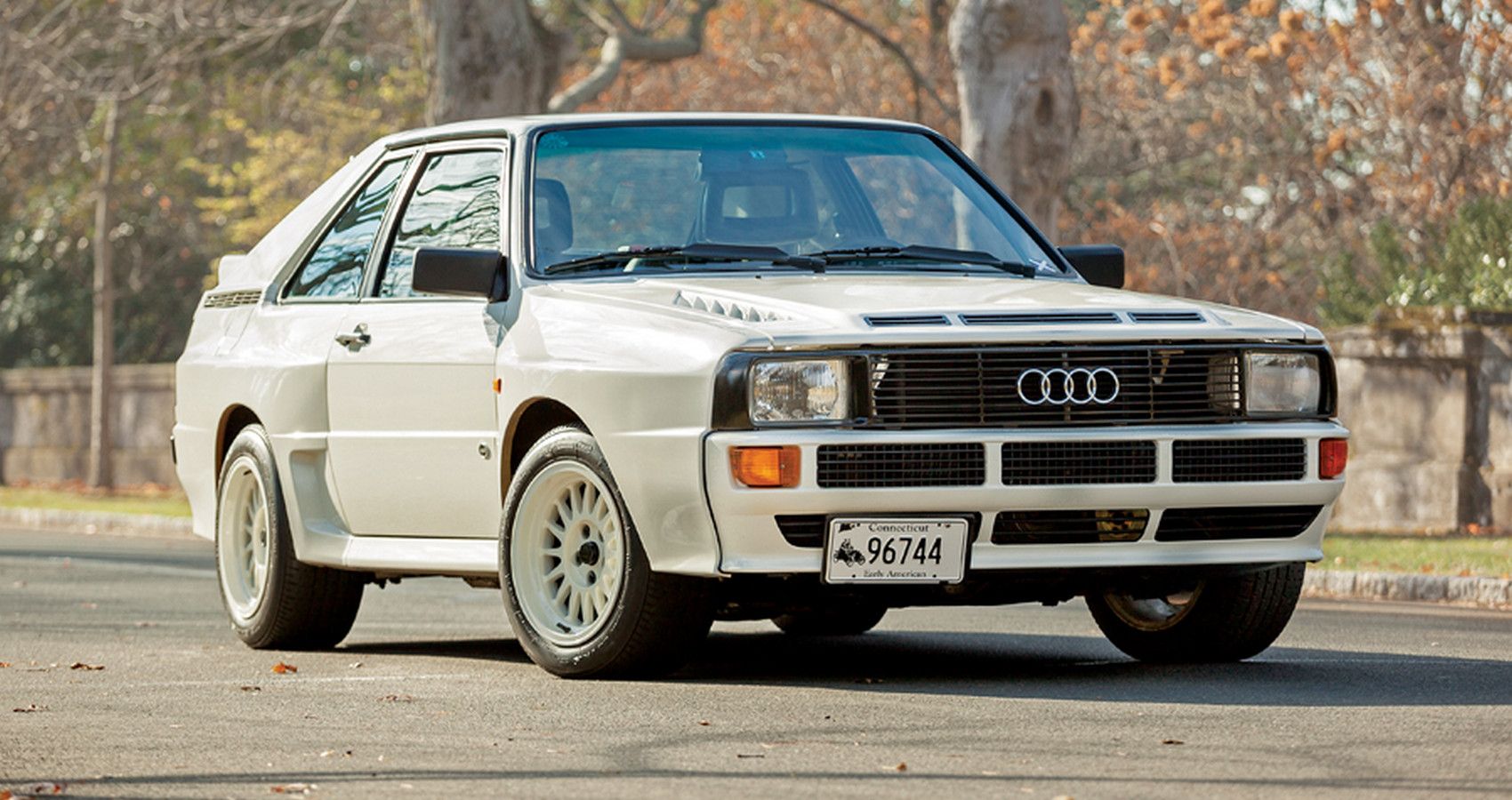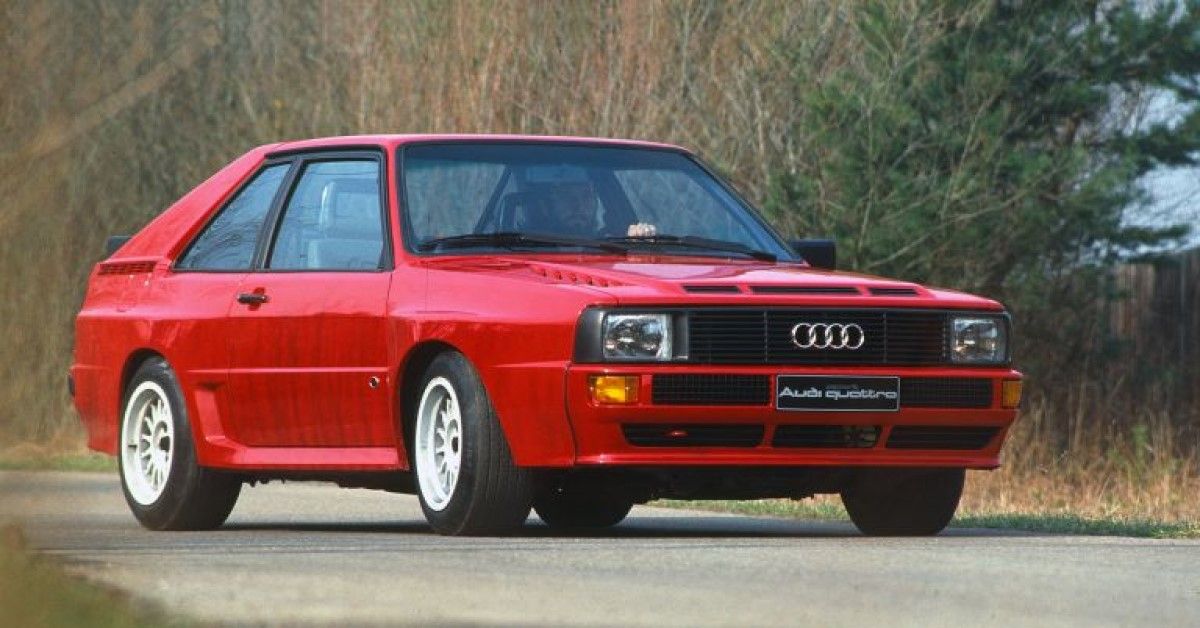People have always used cars as tools and fashion statements. But, like the case of Animal farm, not all cars are the same. Some manage to garner more admiration and influence than others. Some cars gained influence from pioneering engineering advancements that spread across the industry. Then you had your gutless wonders that belong in a junkyard to prove that some cars are more equal than others.
Technology is always changing, and the modern car is the sum of advances developed since Mr. Carl Benz introduced the Patent Motorwagen. Some of the most influential cars are the ones that brought novel innovations that improved the state of the modern car. These clever improvements helped change the auto landscape and are still conventionally adopted. We’ve previously looked at the most influential cars ever made, but now we leave alone the modern Teslas and the Prius’ and focus on the most influential classic cars.
10 Citroën DS
Citroën has played a big role in shaping the auto industry. The 1934 Traction-Avant showed the industry how to build modern cars with its many innovations. But their humble DS model might have had more influence in cementing Citroën as an automotive innovator. The car debuted in 1055, featuring the first power-assisted inboard disc brakes at the front wheel, and enjoyed unmatched stopping power.
Everyone was using the technology within a year; today, almost every car and motorcycle deploy disc brakes.
9 Lancia Lambda
Many mistakenly overlook the Lancia Lambda, but it is one of the most influential cars ever made. It was the first car to drop the conventional rigid frame in favor of a unibody/monocoque construction. It also featured a sliding-pillar suspension design and introduced the world to the first V4 engine.
The monocoque proved stronger, lighter, and cheaper to build. But it was a clever invention so far ahead that mainstream automakers started adopting it in the 1960s.
8 Chevrolet Corvette
The Chevy Corvette exudes sexiness and performance, and for decades, it has remained an aspirational sports car that provides supercar performance on a tighter budget than European peers. On its debut in 1953, it became the world’s first production car with a glass fiber bodyshell.
It was a wonder material of the 1950s, and the Corvette pioneered a practice many global sports car makers would copy.
7 Chrysler Airflow
Modern supercar automakers are often scrambling to generate the least drag coefficient attempting to make their cars more aerodynamic and faster. But in the early days, no one was keen on aerodynamic styling until Chrysler figured a car needed to cleave the air to be truly efficient.
Then came the Airflow in 1934 with a sleeker design that others only caught up with post-war. It is a shame the car was a commercial failure, not for its flaws, but for coming ahead of its time. It was an engineering success and enormously influential.
6 Mini
The original Mini, introduced in 1959 by the British Motor Corporation, set the template that all mass-production cars followed. There were small cars when it came along. Still, it blended several existing innovations like the transversely mounted engine and front-wheel-drive for maximum cabin space into one affordable package.
It could comfortably seat four adults in its 10 feet footprint while returning remarkable fuel efficiency. Soon after its arrival, the microcar market ballooned, earning the Mini its iconic and influential status.
5 Volvo 140
Volvo has always been keen on producing the safest cars and has consistently proven itself in safety testing. They’ve also been pioneers in developing innovative safety features like the three-point front seatbelts. The Volvo 140-Series is a great innovative example. It introduced the life-saving crumple zones in a car in 1966.
Others took a while to catch up, but in due course, this innovation became a crucial feature in all cars and has saved millions of lives.
4 Bonnet Djet
The Bonnet Djet set the stage for performance street cars for decades to come, before even the legendary Lamborghini Miura and Ferrari 250 came around. It was the world’s first mid-engined sports car, a configuration that has been at the core of many performance cars since.
Formula One cars introduced the format in 1958, but the bold Rene Bonnet brought it to road cars in 1962 with the Djet.
3 Pontiac GTO
Some people have different views on the world's first muscle car. You can argue a good case for the 1949 Oldsmobile Rocket 88. Still, traditionally, many use the Pontiac GTO as the reference point because the term muscle car was first used in print by Brock Yates in the Car and Driver magazine after the 1964 Pontiac GTO Road test.
The first GTO wasn’t a model but an optional package on the Tempest until 1966, when Pontiac marketed it as a stand-alone model. It wasn’t the fastest car, but it ushered in a new generation of muscle cars crammed with big, thundering V8s.
2 Volkswagen Golf GTi MK1
The hot hatch is a practical commuter car on the weekdays and a track weapon on the weekends. It is no wonder the segment is one of the most beloved by enthusiasts. It has been around for decades, but the formula hasn’t changed much, a fairly priced, well-built, practical, very fast, and good-handling package.
The modern hot hatch can trace its initial success to the Mk1 Volkswagen Golf, which was the earliest polished example that set the blueprint for what a great hatchback should be.
1 Audi Quattro
Before Audi introduced the Quattro, rear-wheel rally cars would swing their behinds aggressively until they could conjure enough grip to push ahead. In 1980, the Audi Quattro brought unmatched dominance to the rallying scene by matching a four-wheel-drive system with pure performance.
It inspired many 4WD high-performance icons like the Citroën BX, Peugeot 405 Turbo 16, Lancia Delta, and more. These cars would still swing their behinds around bends but at higher speeds and with more grip.

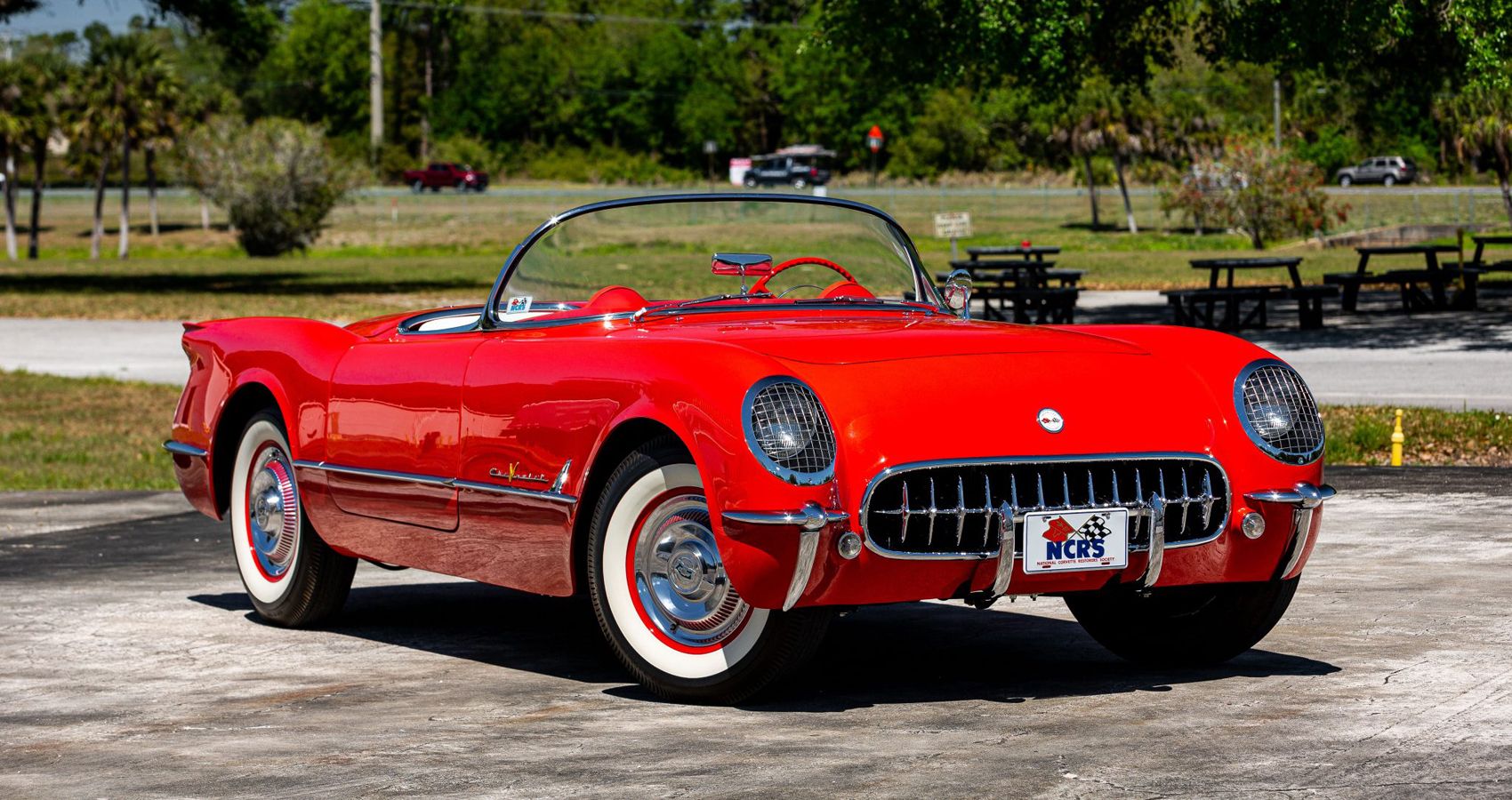
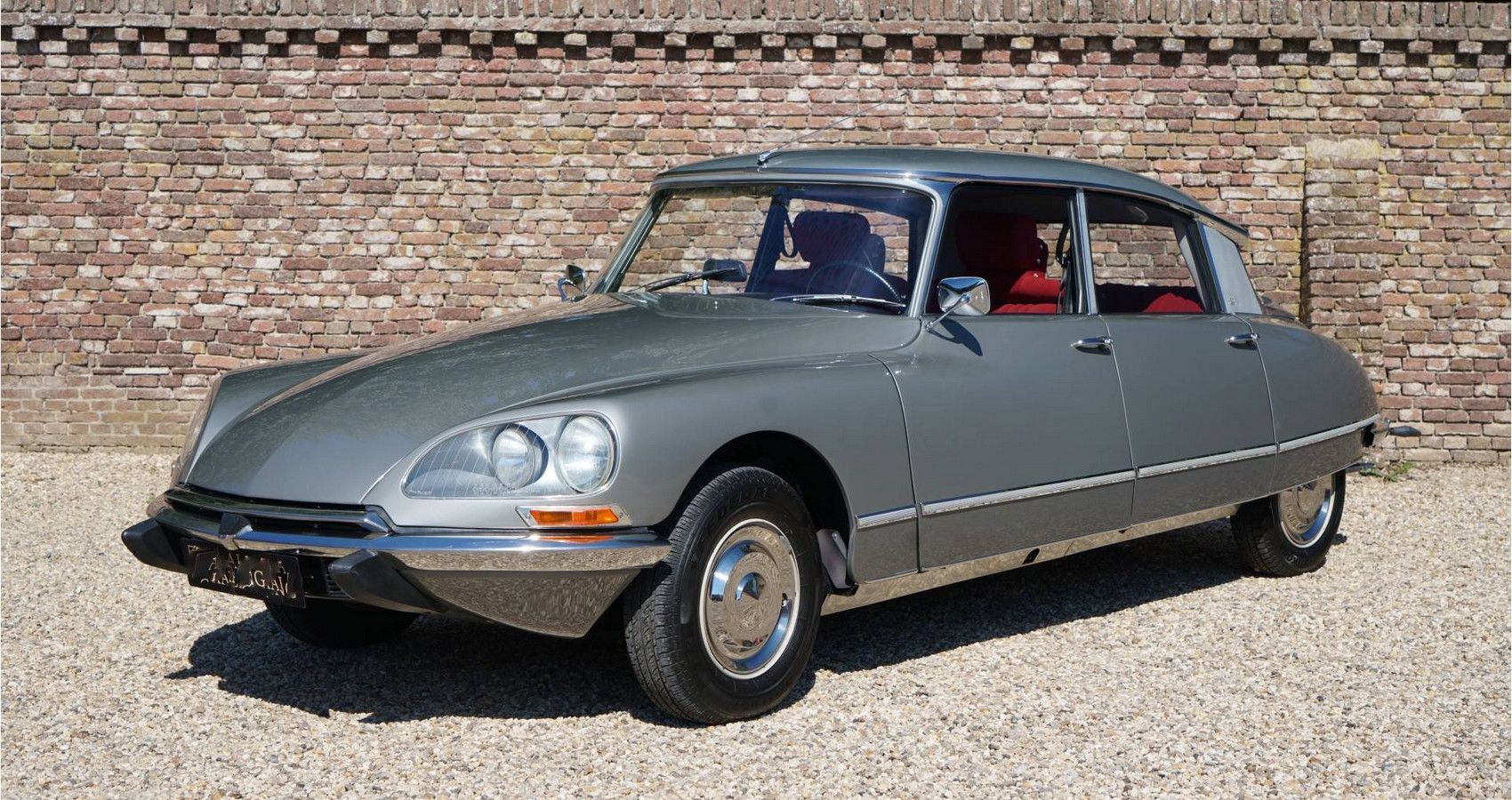
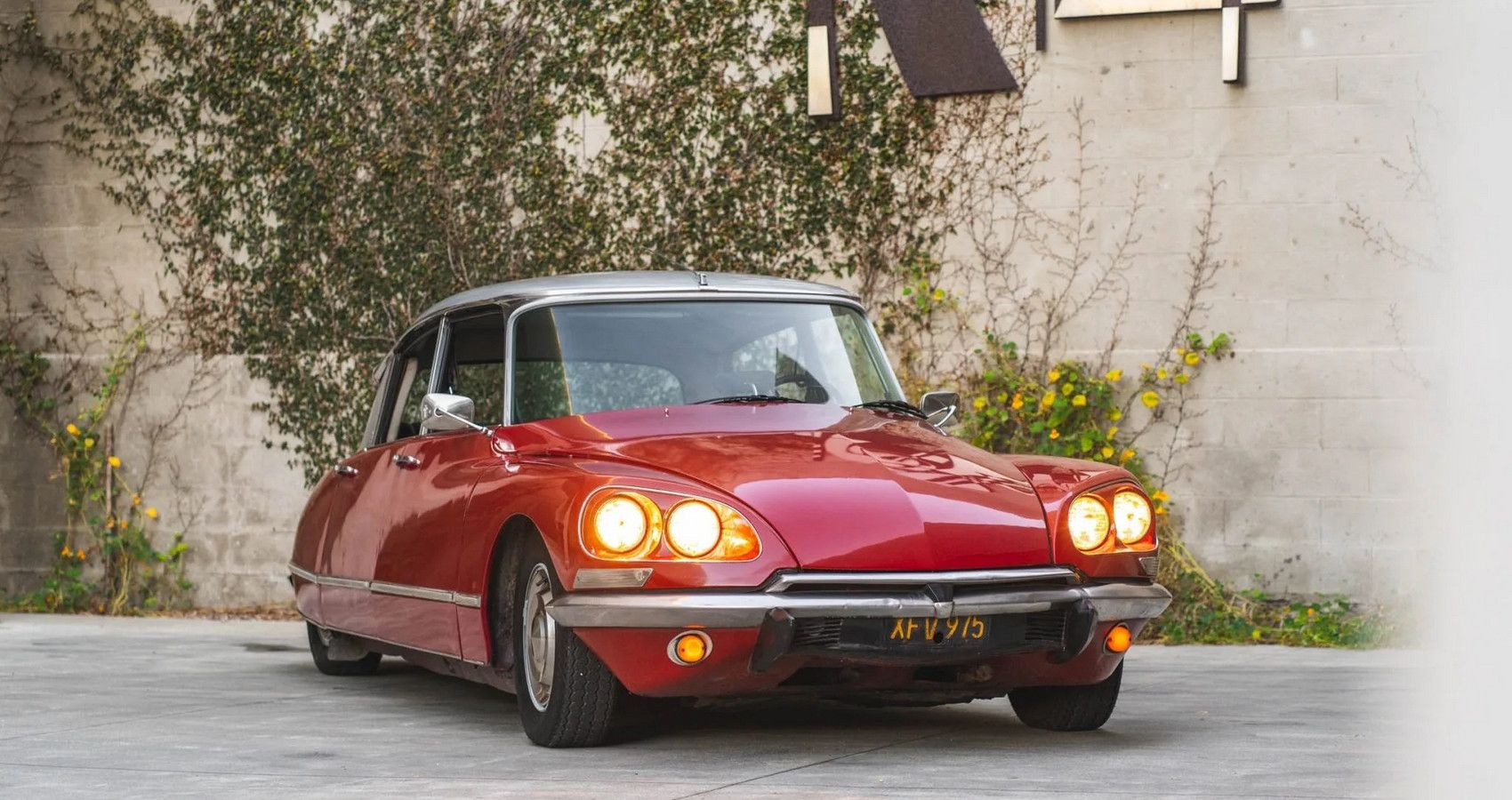
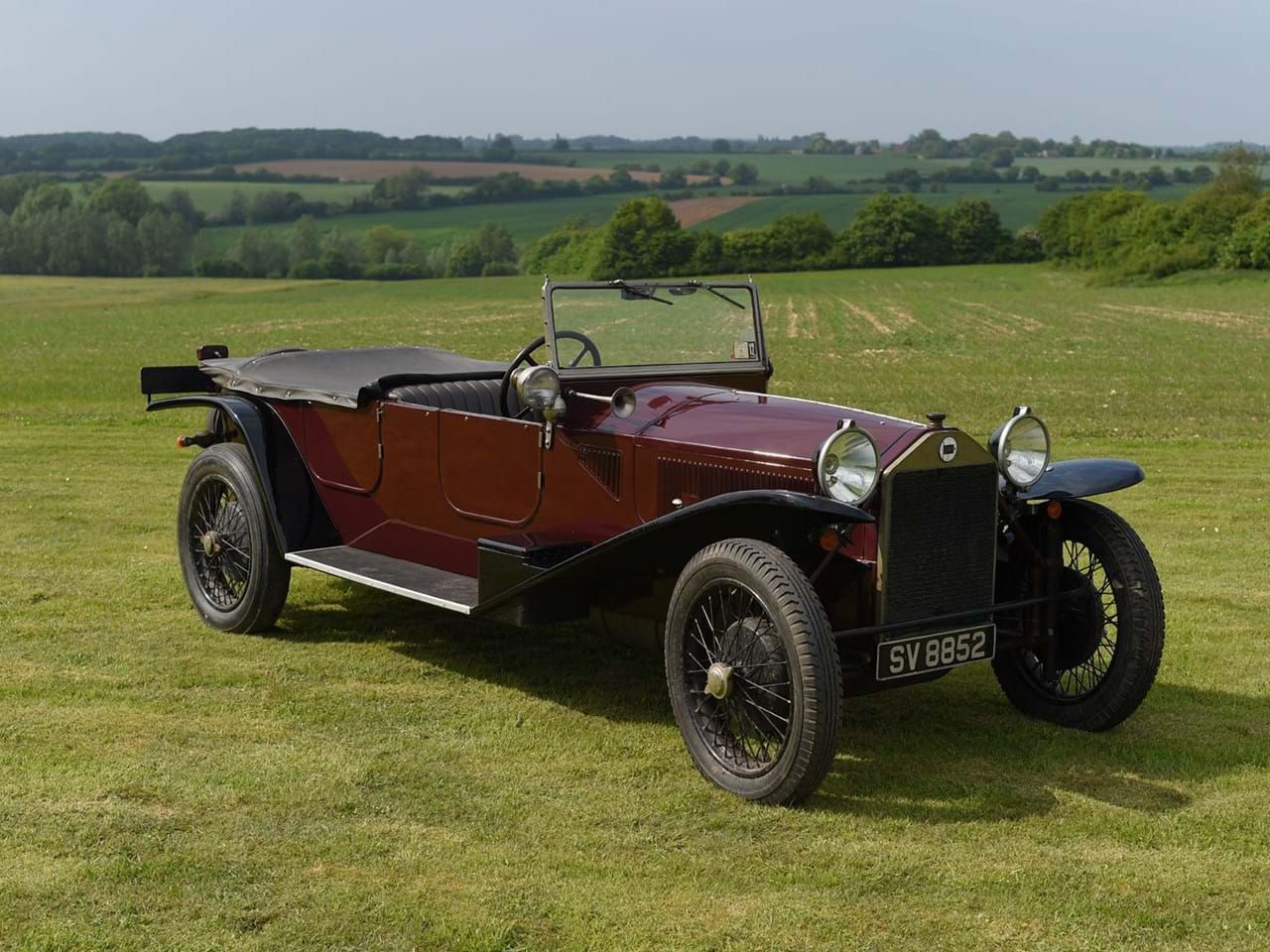
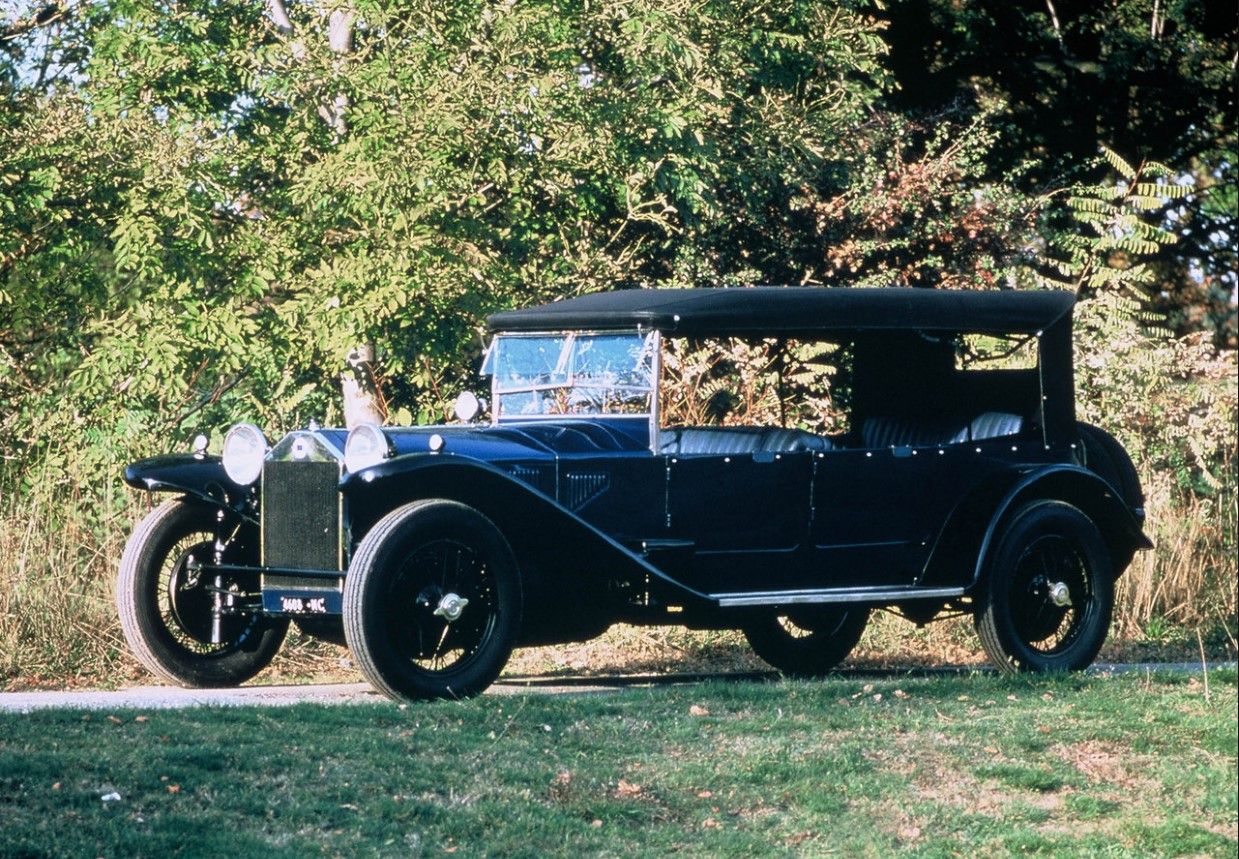
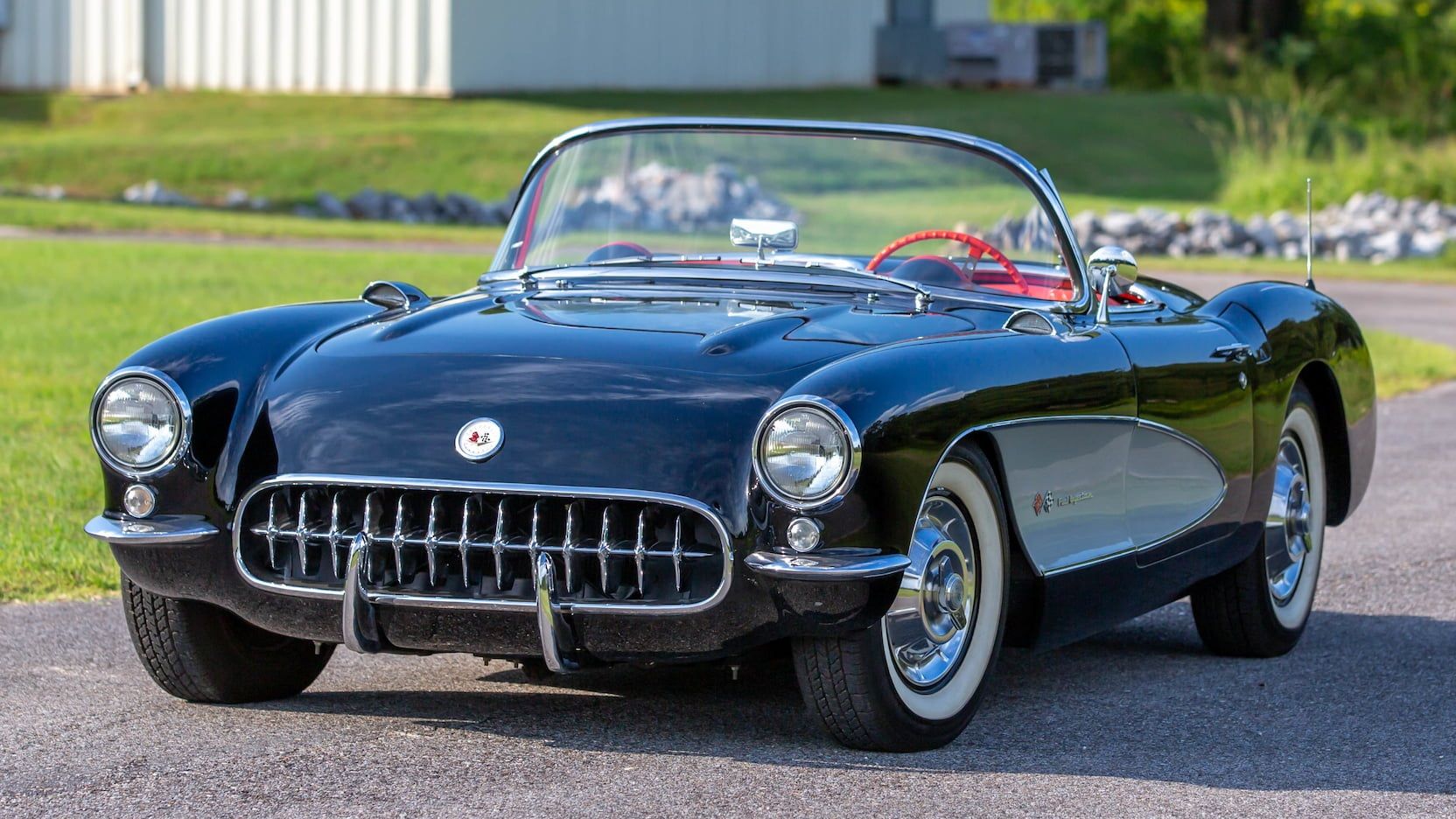
---Front.jpg)
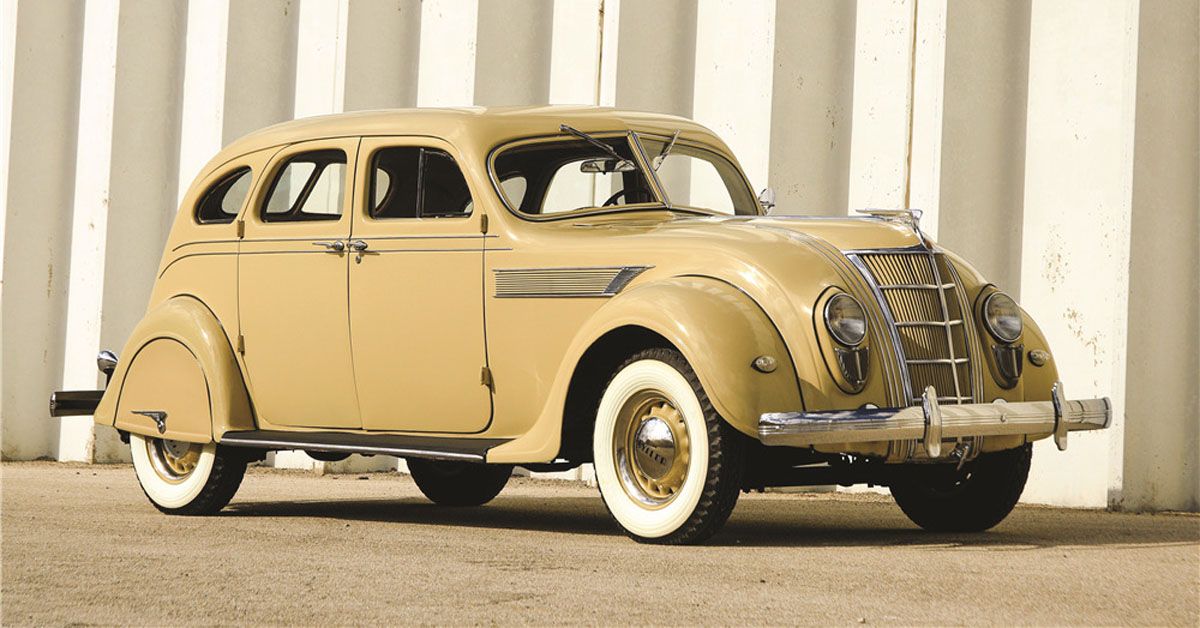
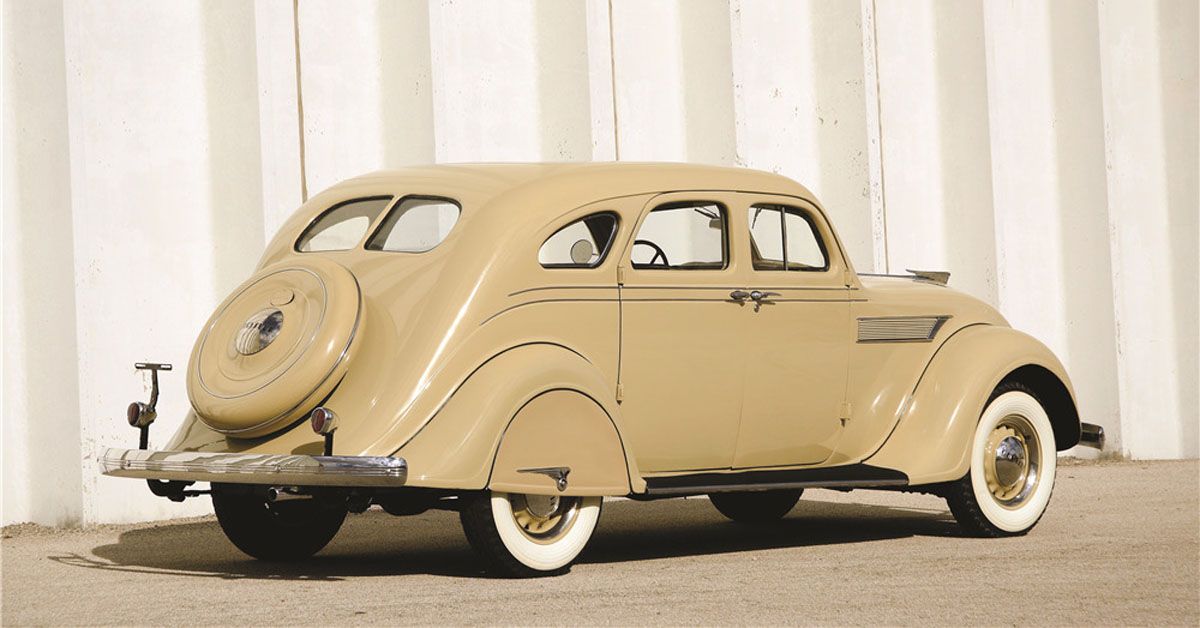
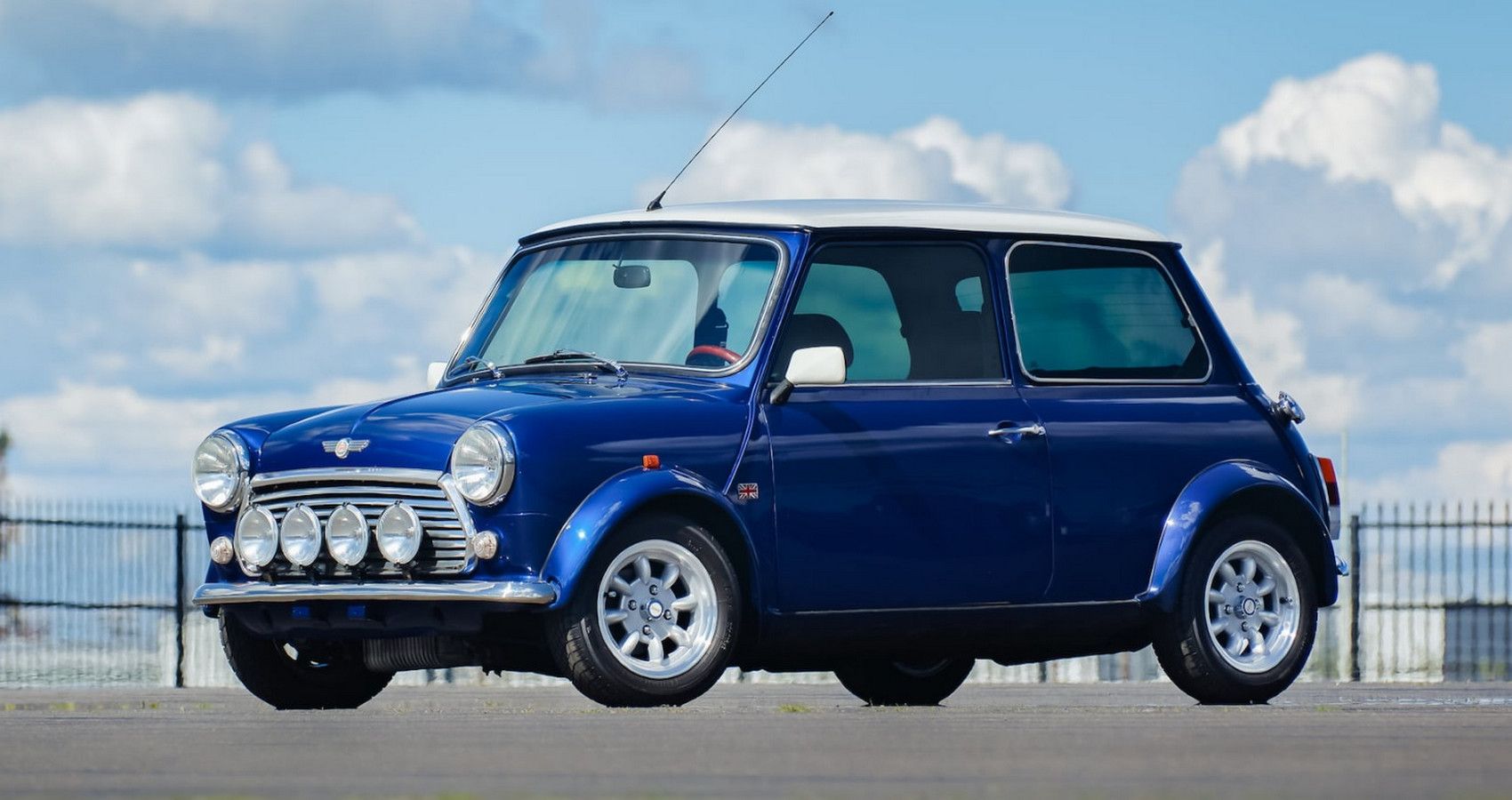
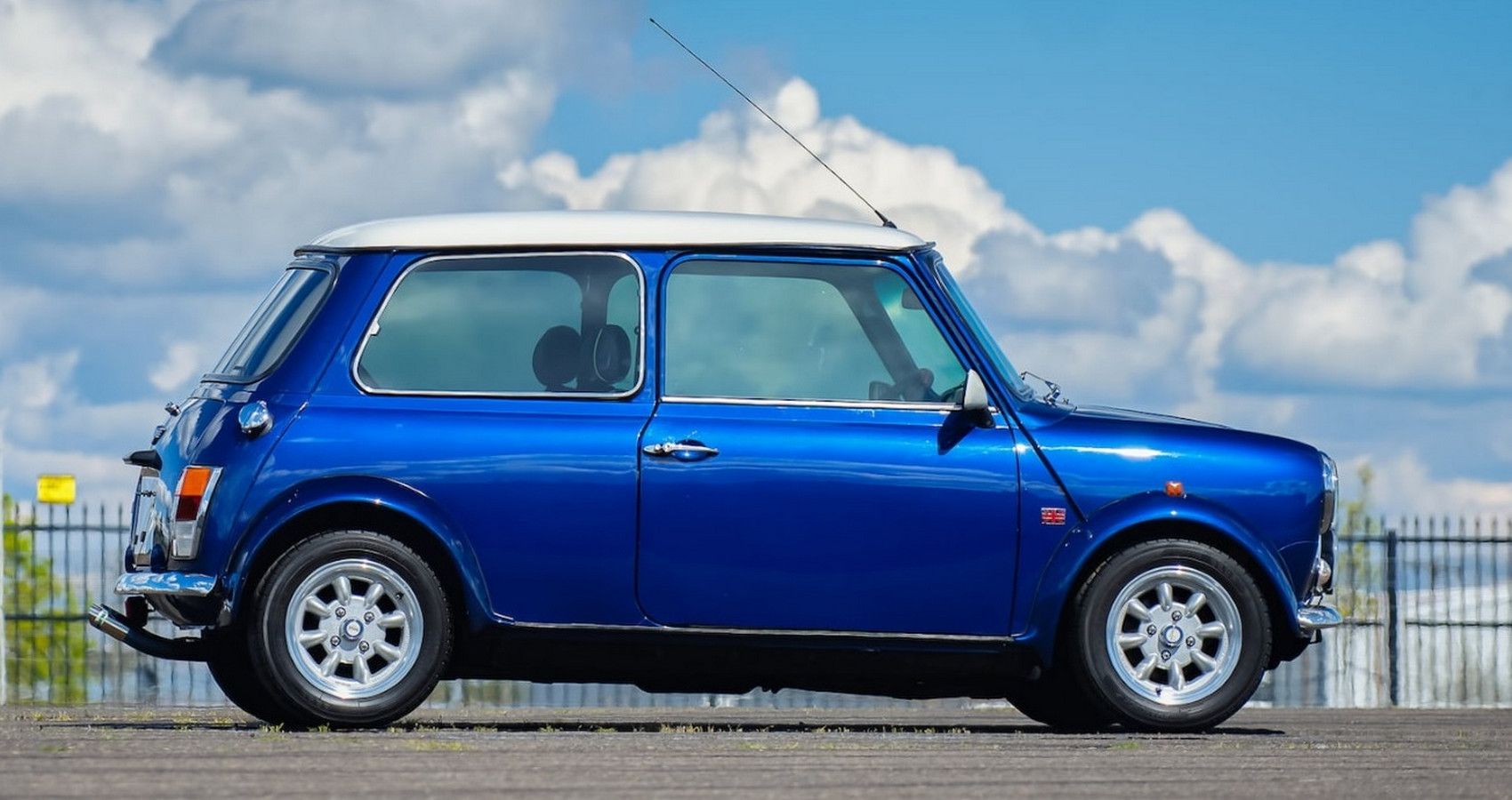
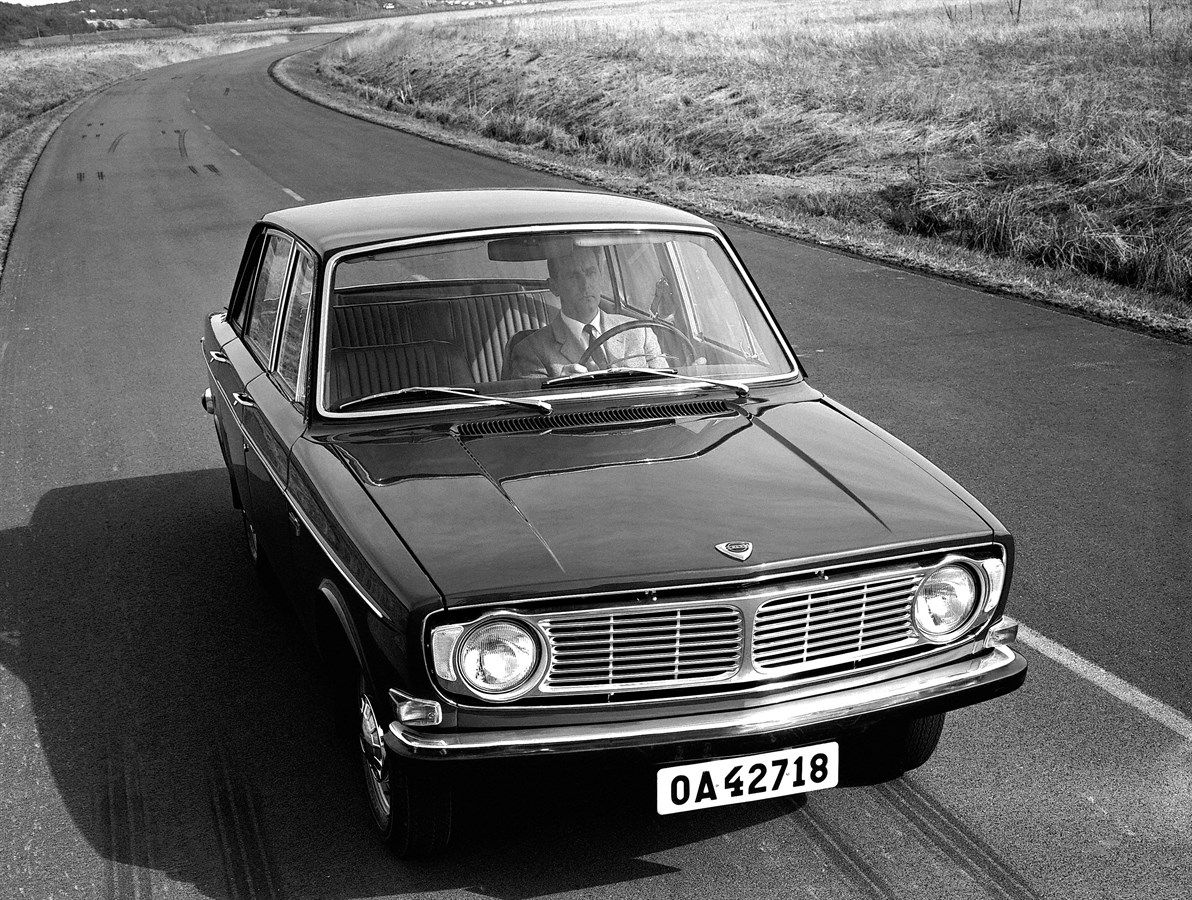
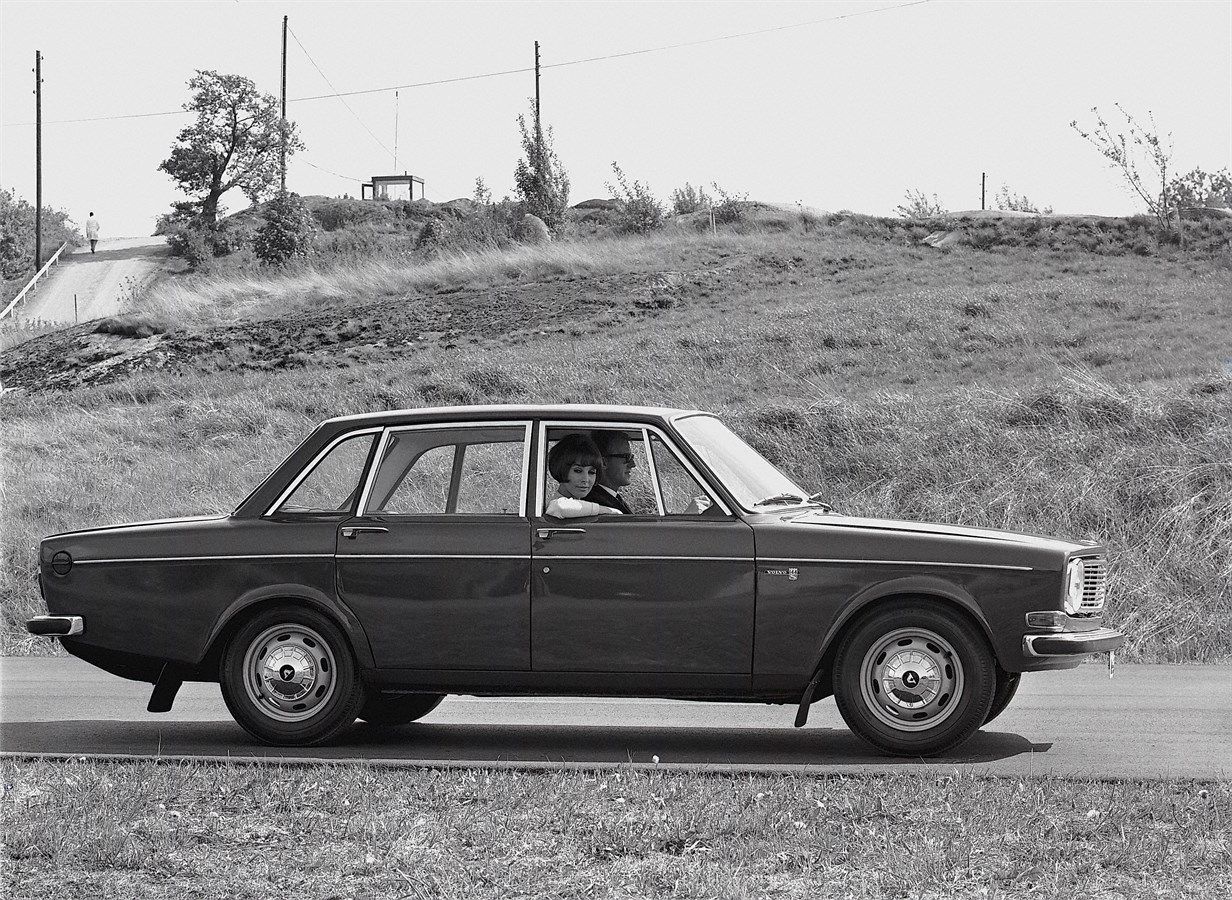
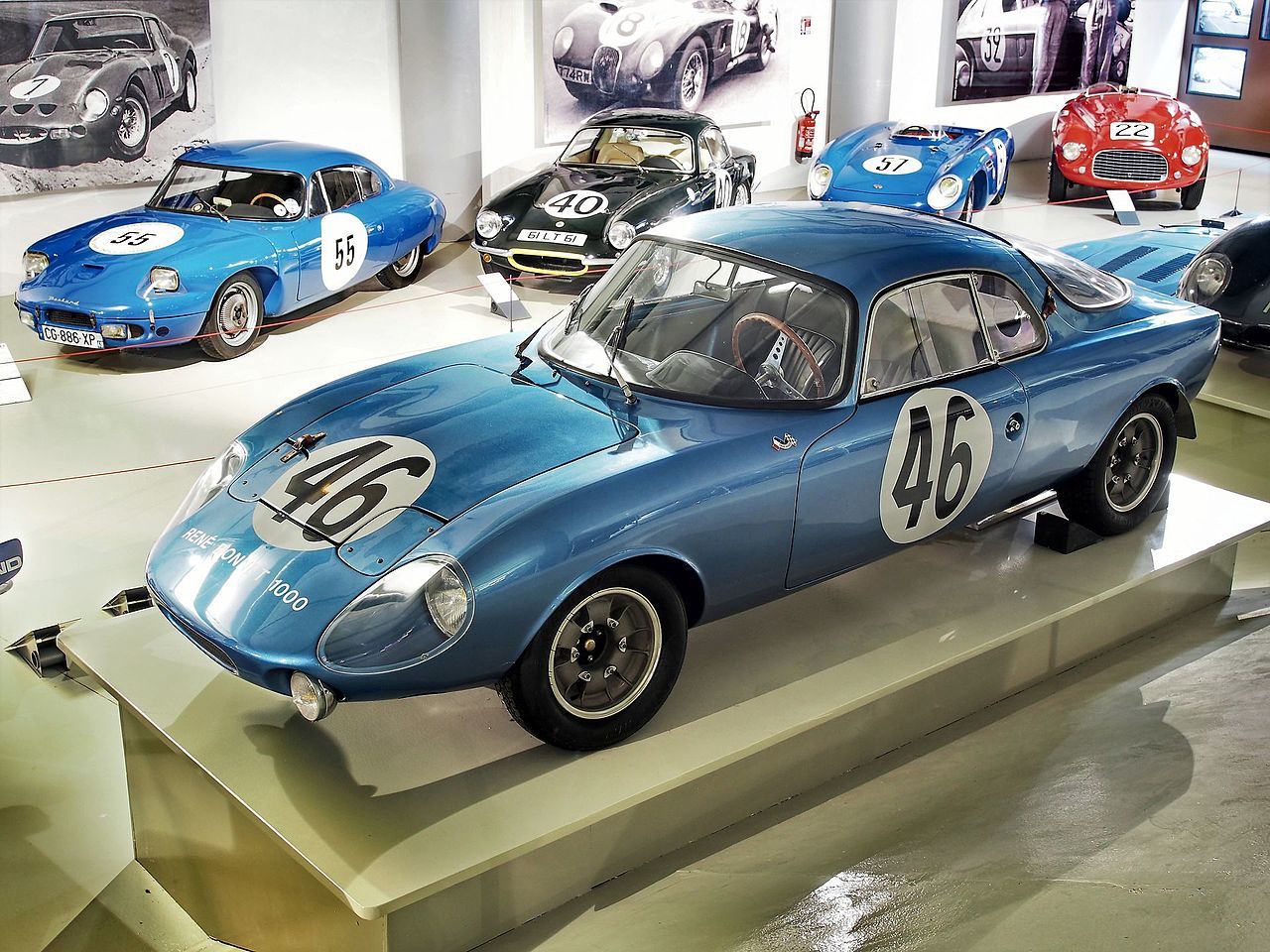
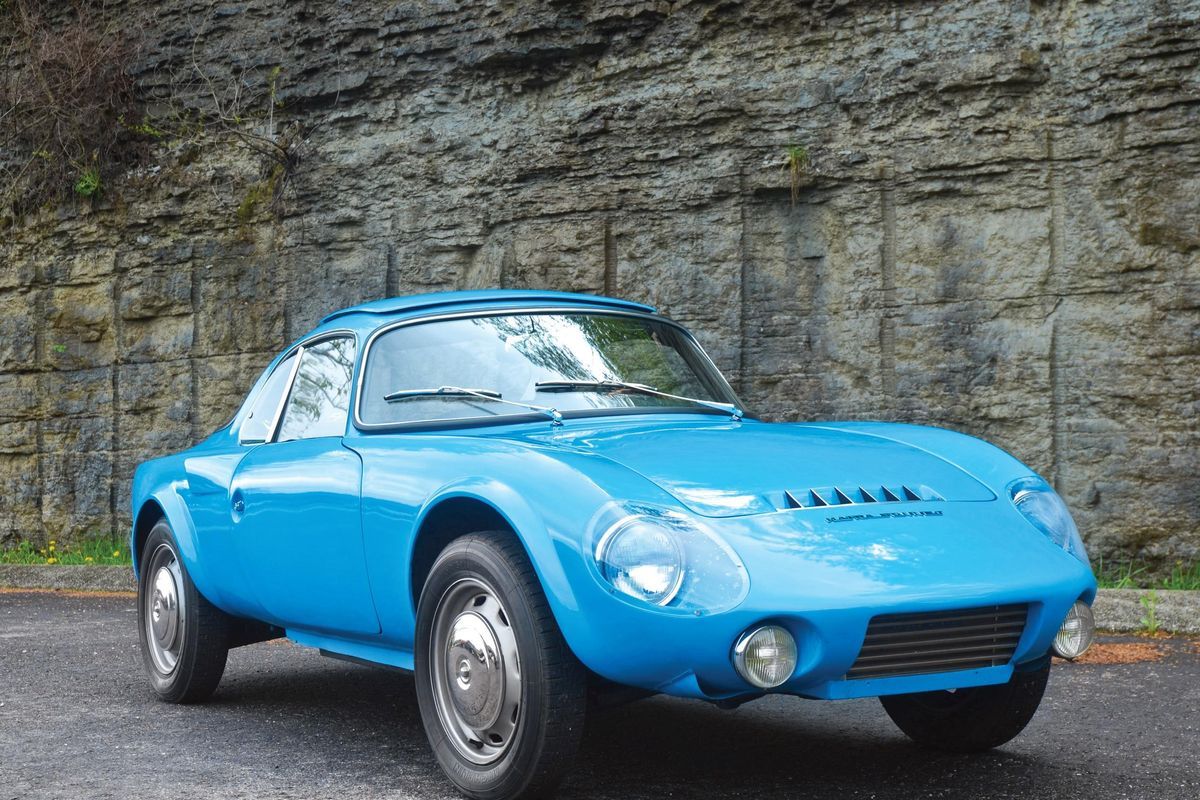
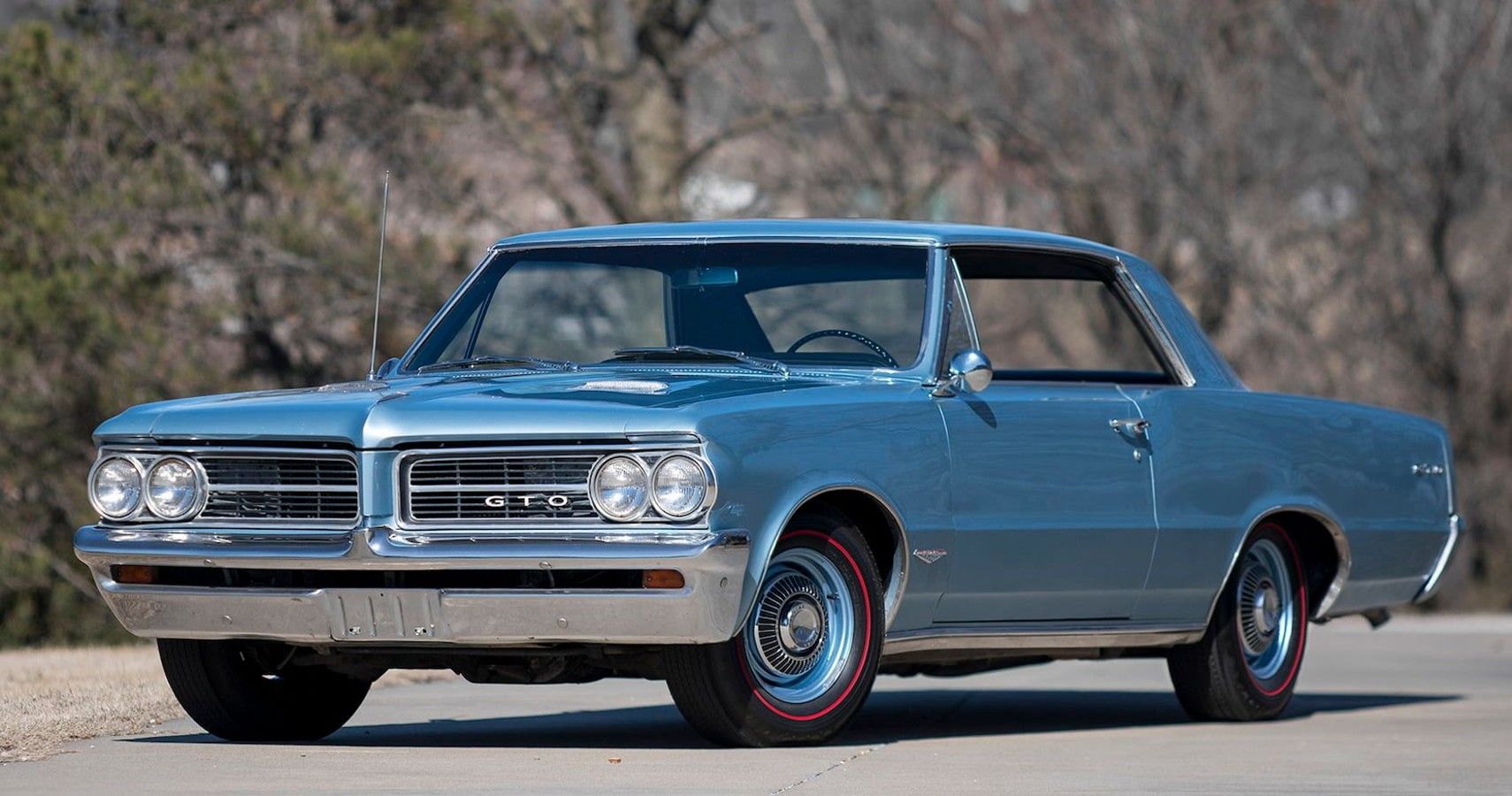
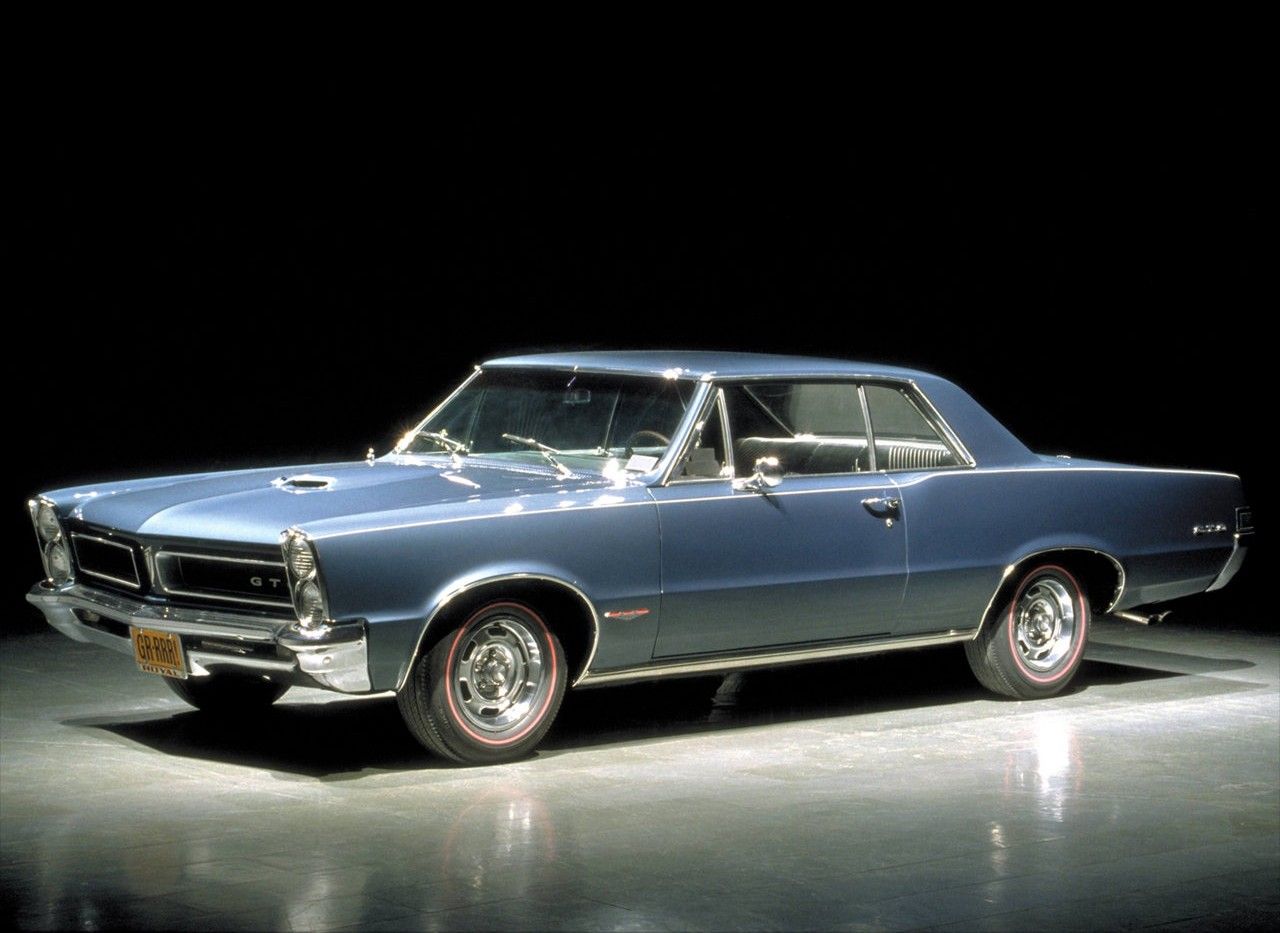
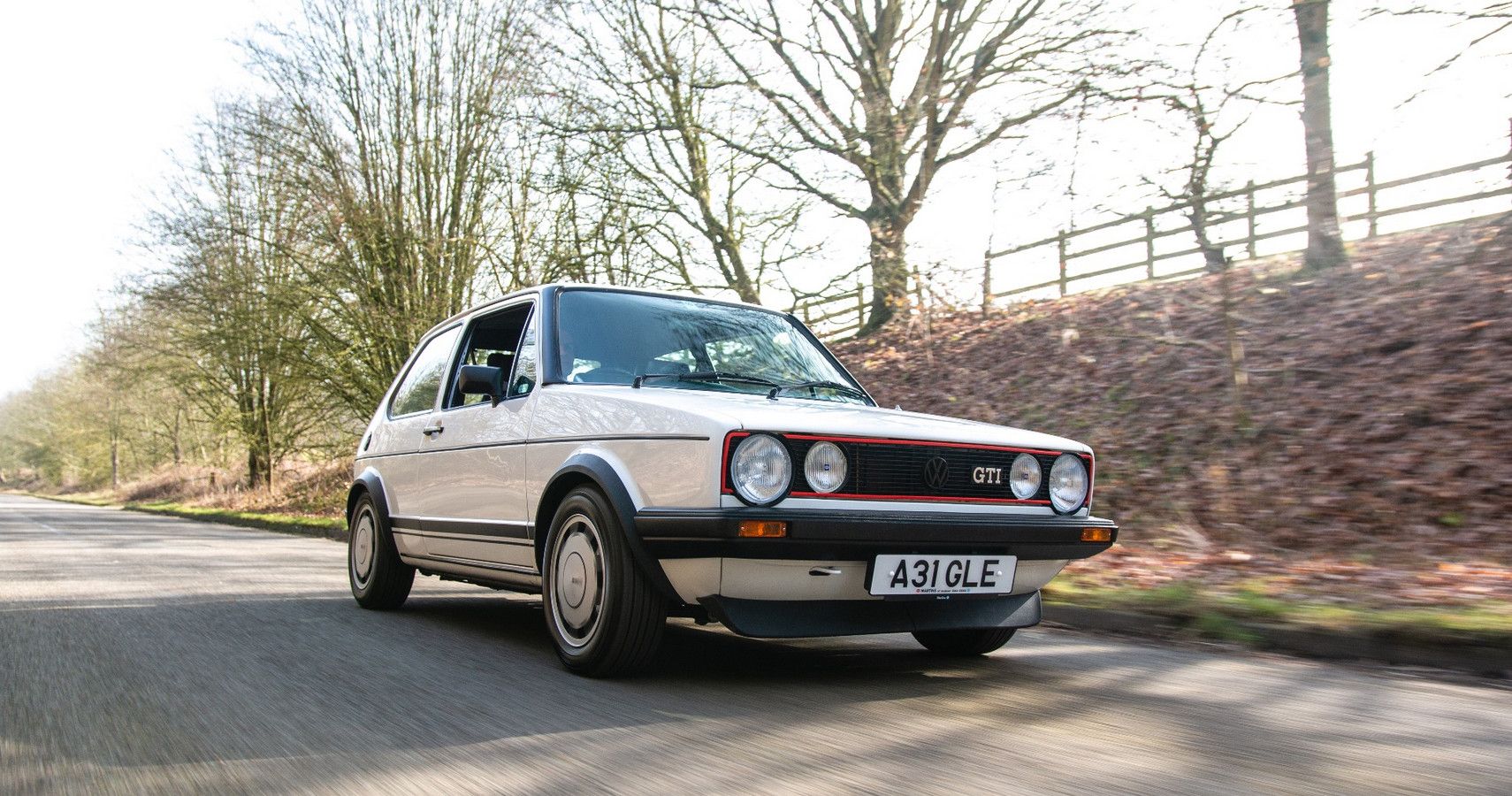
-Via-Classic.jpg)
